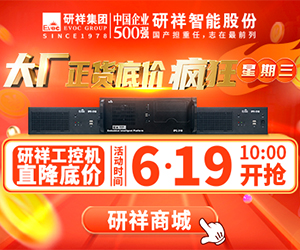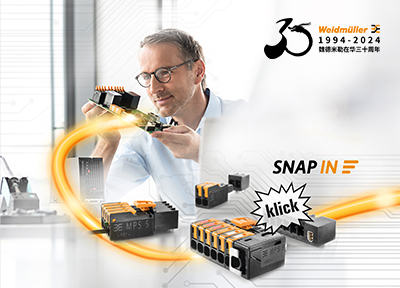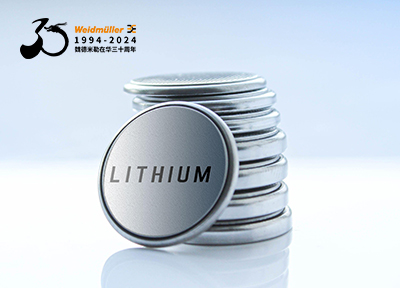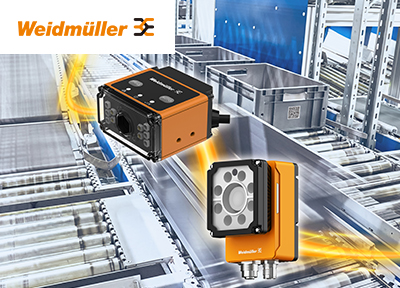From time to time we have looked at one of the great divides of industrial automation, that of extending Ethernet connectivity below the PLC barrier. While extending Ethernet to a PLC or DCS I/O block is very common, the idea of using it to connect to individual process or discrete sensing devices is relatively rare. But is that assessment changing?
Some suppliers see demand based on customers that are tired of multiple platforms. “The most frequent demand from users is to implement one netw
Carl Henning, deputy director, Profibus Trade OrganizationCONTROL ENGINEERING China版权所有, has typically suggested using multiple tools for networking applications. Is Ethernet driven instrumentation coming? “The cost does nothing but go down as usage goes up,” he says. “It's going to become less expensive and therefore more practical to put industrial Ethernet into more devices. The limits you run up against are either environmentalwww.cechina.cn, such as the need for intrinsically safe instrumentsCONTROL ENGINEERING China版权所有, or when the overhead associated with Ethernet is simply too much. It's nonsensical to use it to carry a one bit data load.”
The question remains, will enough customers demand Ethernet connectivity to motivate instrumentation suppliers to produce it? While Ethernet networking and power over Ethernet (PoE) have spread to end devices in home, office, and commercial envir


 在线会议
在线会议 论坛
论坛 专题
专题 工控直播
工控直播 新闻中心
新闻中心 子站
子站 技术
技术 社区
社区



 IDEC HR8S系列新一代安全继电器有奖试用活动
IDEC HR8S系列新一代安全继电器有奖试用活动 2025(第二十一届)年度最佳产品奖有奖投票中
2025(第二十一届)年度最佳产品奖有奖投票中 AVEVA剑维软件食品饮料行业白皮书有奖下载
AVEVA剑维软件食品饮料行业白皮书有奖下载 立即有奖下载TE重载连接器选型指南
立即有奖下载TE重载连接器选型指南 2025(第十四届)全球自动化和制造主题峰会
2025(第十四届)全球自动化和制造主题峰会































